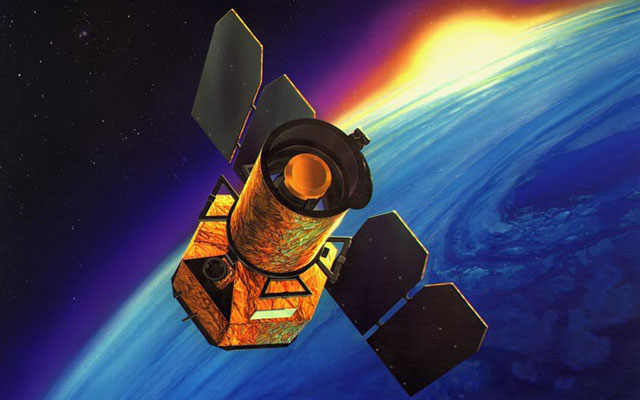
The Galaxy Evolution Explorer is an orbiting space telescope that makes observations at ultraviolet wavelengths to measure the history of star formation in the universe 80 percent of the way back to the Big Bang. Since scientists believe the universe is about 13 billion years old, the mission will study galaxies and stars across about 10 billion years of cosmic history.
The spacecraft's mission is to observe hundreds of thousands of galaxies, with the goal of determining how far away each galaxy is from Earth and how fast stars are forming in each galaxy. A galaxy's ultraviolet brightness tells us how fast its stars are forming. Mission scientists will be trying to find stars that have recently formed, so they will be looking for stars whose appearance reveals them to be young. These are the most massive stars, which are so hot they shine in ultraviolet wavelengths.
Scientists would like to understand when the stars that we see today were formed, and when the chemical elements that make up our Milky Way galaxy formed. We know they formed in the interiors of stars, but we don't know when. Information gathered by the mission will fill in one of the missing pieces of the puzzle to explain how the visible universe came to be.
Partnering with JPL on the mission are the California Institute of Technology, Pasadena, Calif.; Orbital Sciences Corporation, Germantown, Md.; University of California at Berkeley; Yonsei University, Seoul, Korea; Johns Hopkins University, Baltimore, Md.; and Laboratoire d'Astrophysique de Marseille, France.
Purpose: Ultraviolet study of history of star formation